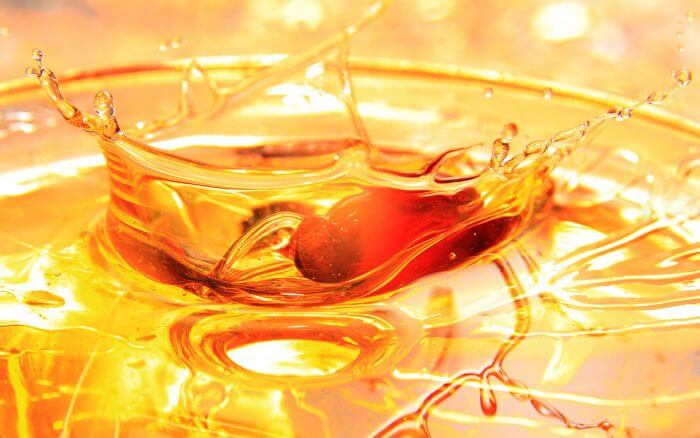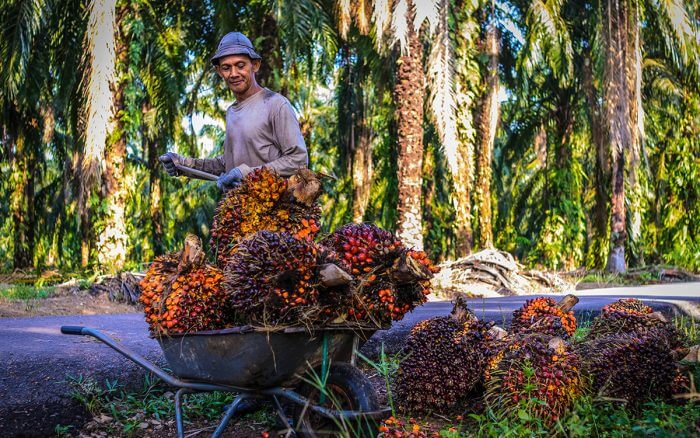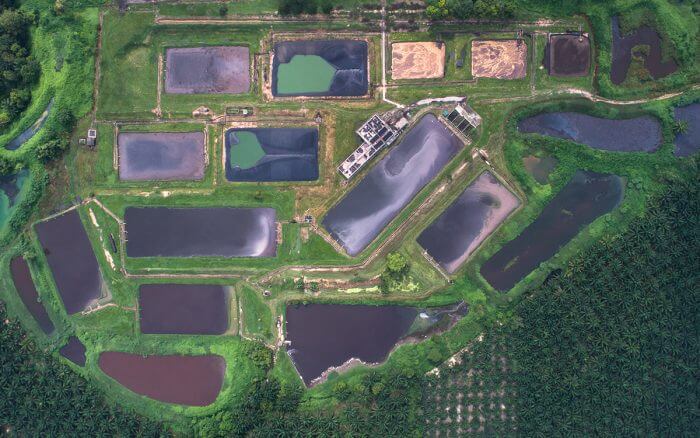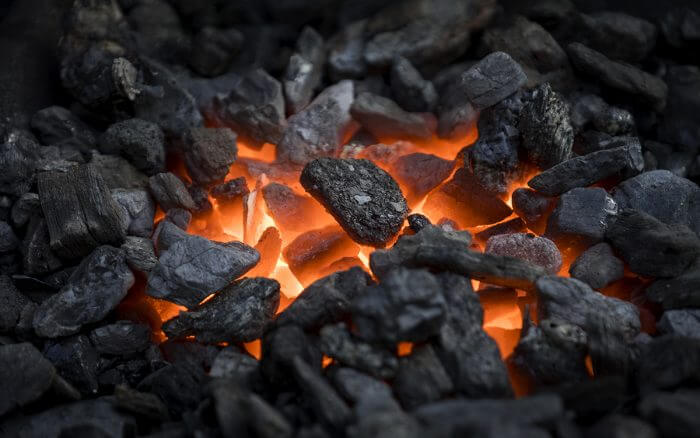Trading is the exchange of goods and services across national borders. In most countries, it represents a significant part of GDP. While international trade has been present throughout much of history (see Silk Road, Amber Road), its economic, social, and political importance have increased in recent centuries, mainly because of Industrialization, advanced transportation, globalization, multinational corporations, and outsourcing.
Supply in classical economics, factors that are said to determine price, by correlating the amount of a given commodity producers hope to sell at a certain price (supply). Supply refers to the varying amounts of a good that producers will supply at different prices; in general, a higher price yields a greater supply.
In this business, we, Sakura Okamoto Indonesia are always improving the way we trades and supply to all of our loyal customers, mostly in Japan. As one of our motto ”The goal of a successful trader is to make the best trades. Money is secondary.” – Alexander Elder

Palm kernel shells (or PKS) are the shell fractions left after the nut has been removed after crushing in the Palm Oil mill. The shell generated by the palm oil mills are traditionally used as solid fuels for steam boilers. The steam generated is used to run turbines for electricity production. The demand for palm kernel shells has increased considerably in Malaysia, Indonesia and Thailand resulting in price close to that of coal.
Moisture content in kernel shells is low compared to other biomass residues with different sources suggesting values between 11% and 13%. Palm kernel shells contain residues of Palm Oil, which accounts for its slightly higher heating value than average lignocellulosic biomass. Compared to other residues from the industry, it is a good quality biomass fuel with uniform size distribution, easy handling, easy crushing, and limited biological activity due to low moisture content.

RBD palm stearin is the solid fraction from the fractionation of palm oil. It can be used for functional products such as margarine fats, shortenings, and possesses suitable properties for making soaps and formulating animal feeds. It is also an excellent feed stock for oleochemicals

Palm oil is edible oil which is extracted from the pulp of fruit of oil palms. The color of pulp is red. That’s why crude palm oil is naturally similar to pulp color because of high inactive vitamin A content. What comes out of this initial process is crude palm oil, which is much thicker, lumpier and full of many inedible components. Most oils go through such a phase to remove the unwanted components and to smooth out the oil. Main usage of CPO is for cooking purposes and It is also used for making bio diesel. Largest producer of CPO is Indonesia, Malaysia, Nigeria and Columbia.

Palm Acid Oil (PAO) is a biofuel feedstock derived from Palm Oil Mill Effluent (POME). PAO is a by-product of the chemical refining of palm oil and consists of FFA and neutral oil. It is increasingly used for mixing in biofuel transportation fuel.
The largest waste by-product generated during the production of CPO is palm oil mill effluent (POME). For oevery ton of CPO produced, 2.9 tons of POME is generated. POME consists of 3 to 5 % of Palm Acid Oil (PAO) and 95 to 97% of water. The water and steam are washed away on the mill floor and directed to waste ponds that gather the POME residue. Once the PAO is processed and extracted from the POME, the PAO residue can be sold as a feedstock for the production of 2nd generation biofuels.

Coal – a fossil fuel – is the most important energy source for electricity generation and also forms an essential fuel for the production of steel and cement. Global coal reserves are estimated to last for around 112 years. The biggest reserves are found in the USA, Russia, China and India. Indonesia is one of the world’s largest producers and exporters of coal. Since 2005, when it overtook Australia. According to information presented by Indonesia’s Ministry of Energy and Mineral Resources, Indonesian coal reserves are estimated to last around 83 years if the current rate of production is to be continued. Roughly between 70-80 percent of Indonesia’s coal production is exported abroad, the remainder is sold on the domestic market.